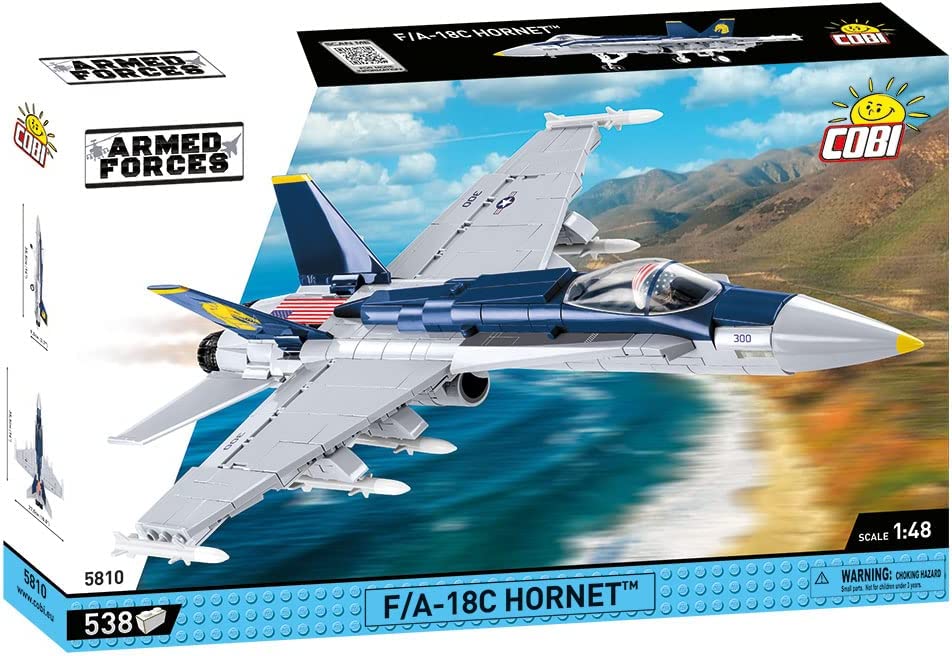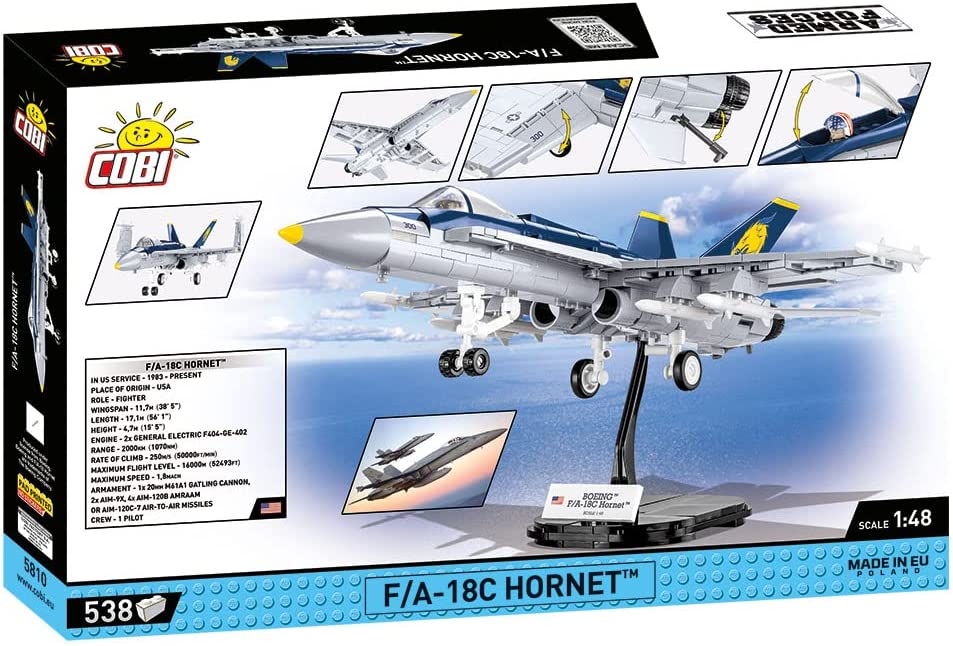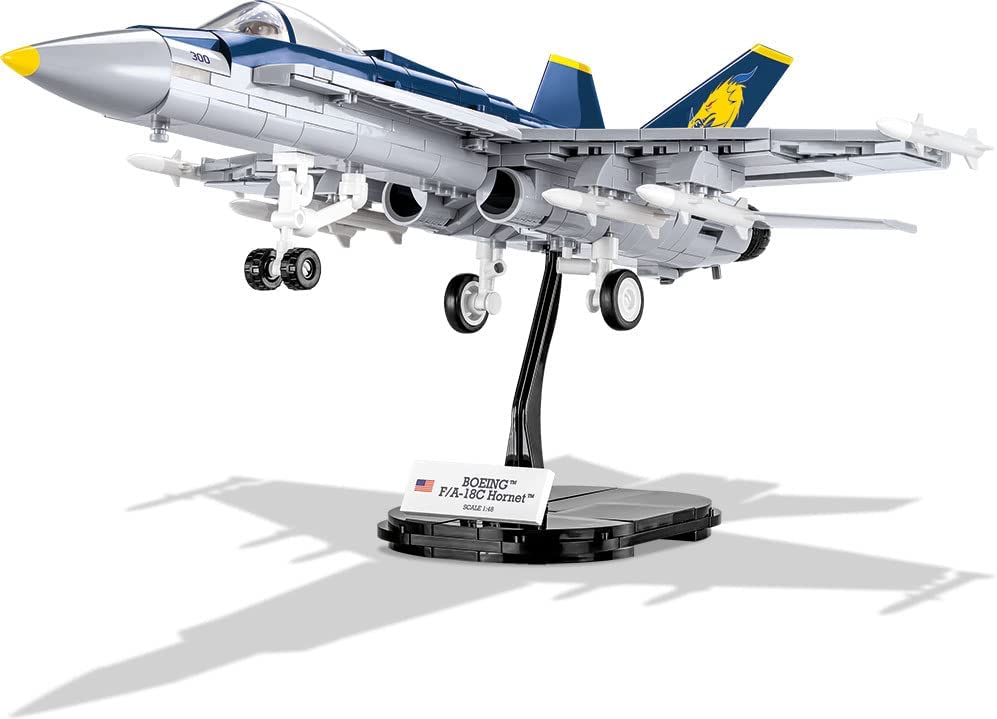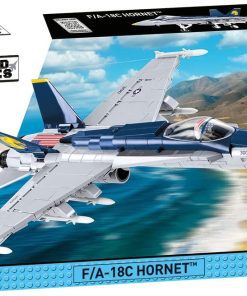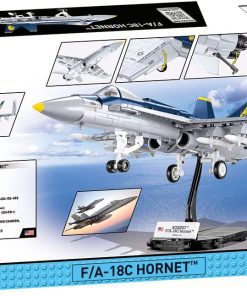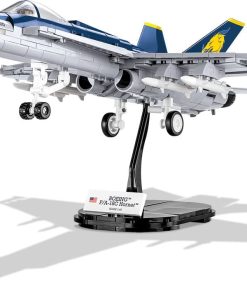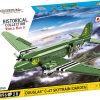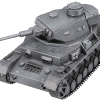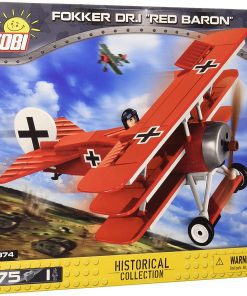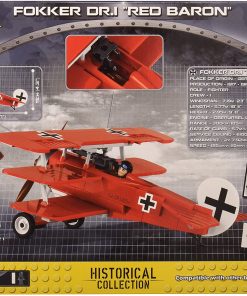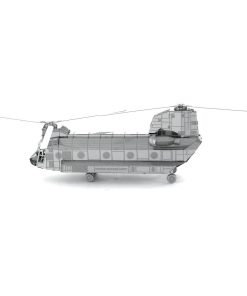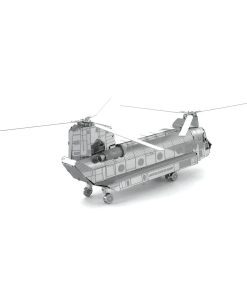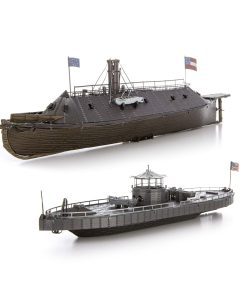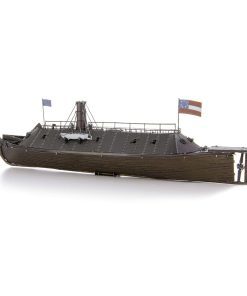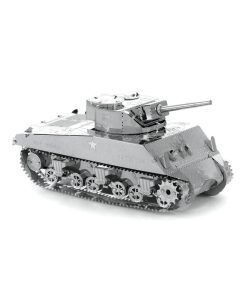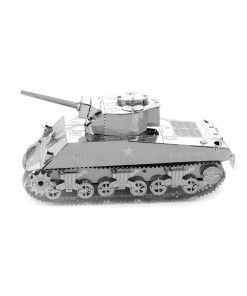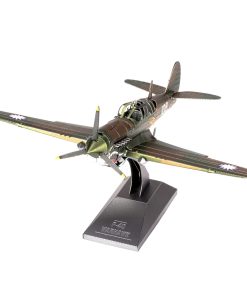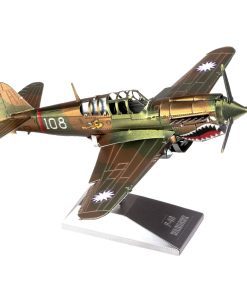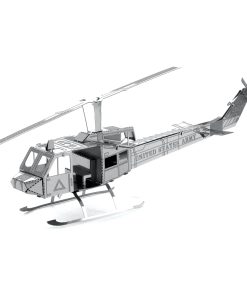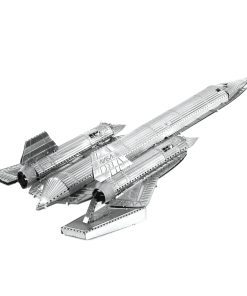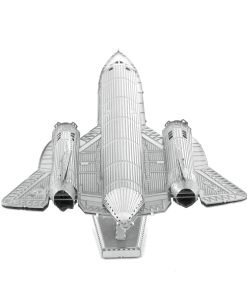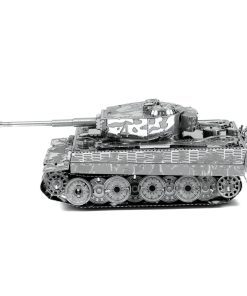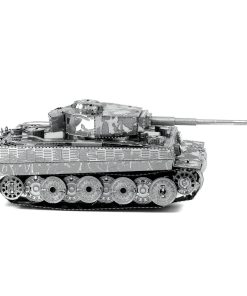COBI-5810 F/A-18C Hornet™
$64.95
If your child enjoys playing with LEGOs, and is interested in history, be sure to check out our COBI brand historical collection building block sets. This Polish company makes high-quality historical military sets including COBI tanks, planes, and ships from World War I until today. Sets made in Europe. Compatible with other brands of construction blocks.
2 in stock
Set Info:
- Cobi-5810
- 538 Blocks
- Compatible with other leading brands of construction blocks
- Made in Europe (Poland)
- Illustrated instructions manual included in each set
- Model dimensions (L x W x H): 14″ x 10.8″ x 3.7″
- Recommended Ages: 8 & Up
- Part of Cobi Armed Forces series
- Scale 1:48
Vehicle Fast Facts:
In U.S. service: 1983-present
Nation of origin: United States
Role: Fighter, Attack
Wingspan: 38 feet 5 inches
Length: 56 feet 1 inches
Height: 15 feet 5 inches
Engine: 2x General Electric F404-GE-402
Range:1,070 nautical miles
Rate of Climb: 50,000 feet per minute
Maximum Flight Level: 52,493 feet
Maximum Speed: 1.8 mach (1,370 miles per hour)
Armament: 1x 20mm M61A1 Gatling cannon
2x AIM-9x Sidewinder missiles
4x AIM-120B AMRAAM missiles or AIM0120C-7 AMRAAM missiles
Crew: 1 Pilot
Check this out…
F-18 Hornet training video: (2) F18 Hornet Training footage. – YouTube
If you enjoy this video, be sure to check out other videos by CuriousVideos.
The Plane Behind the Toy:
In 1978 the F/A-18 Hornet flew for the first time. The Hornet first entered service with the U.S. Marine Corps in 1983 replacing the F-4 Phantom II. In 1984, the Hornet entered service with the U.S. Navy where it replaced two aircraft: the F-14 Tomcat and A-7 Corsair II.
Hornets aboard the USS Coral Sea flew the aircraft’s first combat missions in 1986. The Hornet served during Operation Desert Storm in 1991. Between 2007 and 2011, the Hornet served in the Global War on Terrorism in both Operation Iraqi Freedom (Iraq War) and Operation Enduring Freedom (War in Afghanistan). The Blue Angels flew the F/A-18 Hornet longer than they’ve flown any other model of aircraft, switched from the A-4 Skyhawk aircraft to the Hornet in 1986.
Designed to be flown in all weather, the F/A-18 was designed to be a carrier-based aircraft. The F/A means the jet can be used in both fighter and attack roles, which it can switch between with ease. In its fighter role, the ‘F’ in F/A, it is designed to provide fleet air defense and act as an escort fighter. While in its attack role, the ‘A,’ the Hornet had four roles to play: ground strike, close air support, interdiction, and fleet force projection.
In a first for a tactical aircraft, the Hornet was also designed to be able to carry out both air-to-air and air-to-ground roles. Because Hornets could switch between attack and fighter mode mid-mission, during Operation Desert Storm, Hornets were able to defeat two Iraqi MiG-21s and then successfully completed their initial air-to-ground mission.
In addition, the Hornet has carbon fiber wings and digital fly-by-wire flight controls, both firsts. During its entire production run, there were 1,480 F/A-18Cs built. Overall, the F/A-18 Hornet was a revolutionary aircraft for its time.
About the Wisconsin Veterans Museum
Thank you for visiting the Wisconsin Veterans Museum website! Since 2013 the WVM has been a proud Smithsonian Affiliate. In addition to award-winning exhibits and in-person events, the Wisconsin Veterans Museum has a strong online presence. Since 1993, the Museum has been located on Capitol Square in downtown Madison, Wisconsin. Prior to that time, the Museum was housed in a small room within the State Capitol building itself.
With Facebook posts and virtual programming, the Museum is able to reach a far broader audience than ever before. Our mission is simple: To acknowledge, commemorate, and affirm the role of Wisconsin veterans in the United States of America’s military past and present. The WVM is an educational activity of the Wisconsin Department of Veterans Affairs. All purchases, both here online and in-person help us to fulfill our mission. Thank you.
Since we continuously receive new Cobi building block sets, be sure to check back often to discover more! https://store.wisvetsmuseum.com/product-category/kids/cobi/
The National Air and Space Museum, a Smithsonian institution has an F/A-18C Hornet on display at its Steven F. Udvar-Hazy Center in Chantilly, Virginia.

